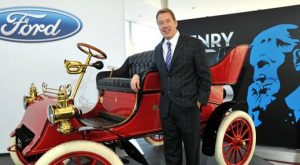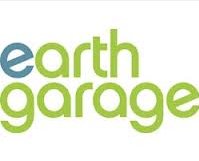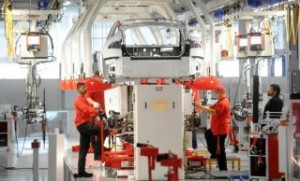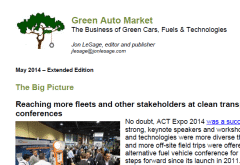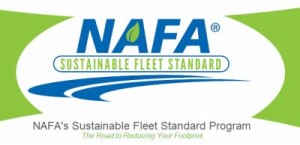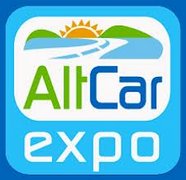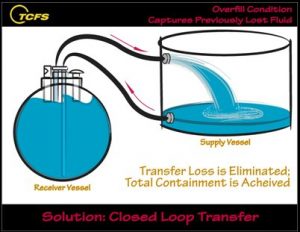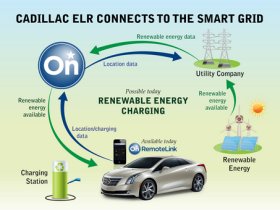 While attending Plug-In 2014 Conference last week in San Jose, I learned something beyond the state of the charging infrastructure: how people perceive what I do. That usually came across as a perplexed look on a person’s face – during an interview, seated for lunch, or during a conversation while standing outside a seminar room. As I left San Jose McEnery Convention Center, I had the same question. What is it that LeSage Consulting offers?
While attending Plug-In 2014 Conference last week in San Jose, I learned something beyond the state of the charging infrastructure: how people perceive what I do. That usually came across as a perplexed look on a person’s face – during an interview, seated for lunch, or during a conversation while standing outside a seminar room. As I left San Jose McEnery Convention Center, I had the same question. What is it that LeSage Consulting offers?
I think some of the confusion deals with a perception gap between me playing a press/media role and a consulting role. In the past few years, people have known me through doing video interviews with Automotive Digest, phone interviews, sitting in on stakeholder conference calls, or chatting at a conference – while wearing my media badge. Several people congratulated me earlier this year after starting the consulting practice, and could see the logic behind it – industry expertise, market analysis, and the ability to pull it all together in content such as this weekly newsletter. For some of us, there is a crossover between the research and editorial sides. I spent a few years in market research/intel and have met a number of people who’ve been in media and now work in market research and analytics. Jobs have been changing for many of us in recent years. I think it’s my duty to keep Green Auto Market accurate and thorough – but it does come from my perspective on what’s taking place and worth paying attention to. That’s one of the more rewarding trends in the internet age for writers like me.
Since launching LeSage Consulting in January of this year, the game has changed for me. I’ve learned much more about where companies and organizations are heading in the next few years, and how my skillset and resources are perceived. I understand that for key stakeholders in automotive and transportation, it’s about much more than deciding what alternative fuel vehicle to build or buy. The landscape will be changing radically in the next 20 years, driven by growing concern over traffic congestion, emissions, safety, and what types of jobs will be available as the technology changes.
Clean transportation involves electric vehicles, hybrids, fuel cell, and other alternative fuel vehicles, and the charging and fueling infrastructure that drives it. There’s also the question of producing fuel-efficient vehicles that will meet federal mandates; and building them in environmentally sustainable factories. Advanced vehicle technology is the baseline, and is leading toward autonomous vehicles in the not-too-distant future. The theme of urban mobility is also another deciding factor, which several automakers are preparing for, in the context of carsharing and ridesharing, parking, and other aspects of making ground transportation work in a fast-changing, crowded world.
When I returned from Plug-In 2014, I revised my mission statement and service offering descriptions to get more clear about all of it, and to articulate that to colleagues. Here’s the latest…..
Mission Statement: LeSage Consulting creates content, marketing communications, and market intelligence serving stakeholders in clean transportation, advanced and autonomous vehicles, and urban mobility. Content channels include the Green Auto Market weekly e-newsletter and through an alliance with Automotive Digest.
How it works:
Content creation:
- Feature articles
- Newsletters
- Websites and blogs
- Webinars and speaking engagements
- Video and audio
- Green Auto Market and Green Auto Market Extended Edition
- Information products including white papers, reports, and e-books
Marketing communications:
- Promotional content such as coverage of company news, product launches, and special events
- Social media placement
- Multiple content channels including articles, newsletters, press releases, video, audio, and webinars
- Direct marketing through postal and email
- Public information and marketing campaigns
- Green Auto Market and Extended Edition sponsorships and event promotions
Market intelligence:
- Surveys
- In-depth interviews with stakeholders
- Analytical reports focusing on emerging trends, vehicle acquisitions, technology innovations, legislative and regulatory environment, and global markets
- Consulting and research services to clients with sustainability targets
- Industry metrics including hybrid and EV sales; alternative fuel prices; stock market performance for companies in clean transportation; US charging and fueling stations; and green vehicle specifications and incentives.
Thanks very much for the questions and perplexed looks. I realized that it had to start with me getting clear on my purpose. Some of the main reasons I chose clean, advanced transportation as my main focus in recent years has been passion for the topic; seeing its integration with environmental and economic issues; and facing big changes in the media landscape. I’ve truly enjoyed connecting with several of you during conversations on these topics. That’s driven me in starting and building LeSage Consulting – supporting people who are passionate and committed to their mission statements in clean, advanced transportation.


